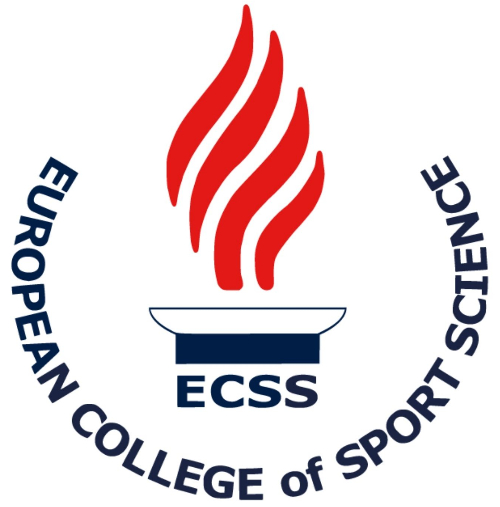Sassi A1, Rampinini E1, Morelli A1, Impellizzeri FM1
1, Human Performance Lab, Sport Service MAPEI srl, Castellanza (VA), Italy

For submaximal steady state workloads, some authors (Sassi et al., 1999; Sassi et al, submitted) suggested the possibility to estimate the time to exhaustion (TEEST) using an equation which includes lactate parameters collected at min 5 and 10 of a constant workload (prediction error of 13.2%). The aim of this study was to use this approach to estimate the individual power vs time to exhaustion (W-TEEST) relationships in cyclists of different performance levels. The resulting W-TEEST relationships were compared with the actual mechanical power output data recorded during their training. Data was collected on 3 professional cyclists (PC), 2 mountain bikers (MB), and 3 recreational cyclists (RC). The individual WTEEST relationship was estimated by submitting each subject to 2 or 3 submaximal workloads. Workloads were selected to obtain 2 TEEST values ranging from 10 min to 60 min. Competitive cyclists performed the tests in the competition period. The W-TEEST relationships were obtained by fitting the individual TEEST values according to the logarithmic equation: W = b · ln(TE) + a. The data of the 5 subjects was also compared with their training mechanical power output files. All the parameters were normalized for lean body mass (LBM). The maximal aerobic power (MAP, i.e. the maximal power that can be sustained for about 60 min) extrapolated by the WTEEST equations (MAPEST), was highly correlated to the subject’s VO2max·kgLBM-1 (r = 0.95; p<0.001). The average value of b (i.e. the downward slope of the W vs. TEEST relationship) was -0.716±0.180, and its correlation with Vo2max·kgLBM-1 was r = 0.67. Cyclists approached their WTEEST regression line only during fractions of high intensity training sessions. The high correlation found between VO2max·kgLBM-1 and MAPEST supports the usefulness of the W-TEEST method for cyclists’ endurance capacity evaluation. The moderate correlation between b and VO2max·kgLBM-1, means that the downward slope of the W vs. TE is only partially related to the VO2max of the subjects (r2=0.45). The individual gap between the anaerobic threshold (i.e. the maximal power that can be sustained for one hour) and the MAP underlines the need to individualize the power output training prescription in this submaximal range. In conclusion, this W-TEEST approach could have practical usefulness both for endurance capacity evaluation and for submaximal training power output prescription in cyclists. Further validations are required.
9th Annual Congress of the European College of Sport Science (ECSS).
Clermont-Ferrand, France, July 3-6, 2004
Book of Abstract ECSS Clermont-Ferrand, 09-0352.